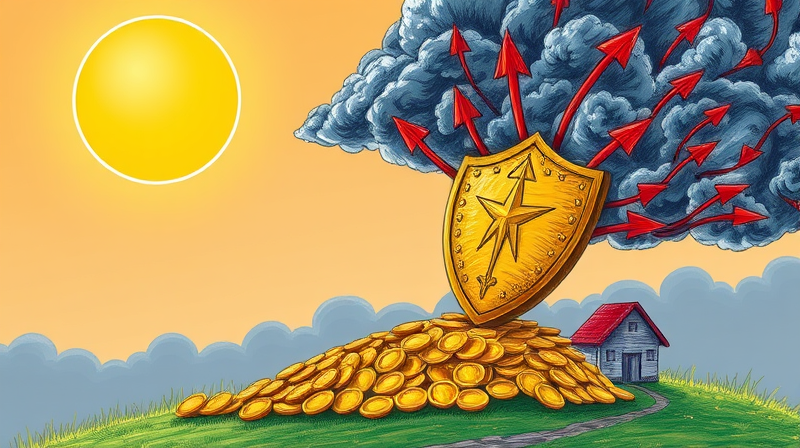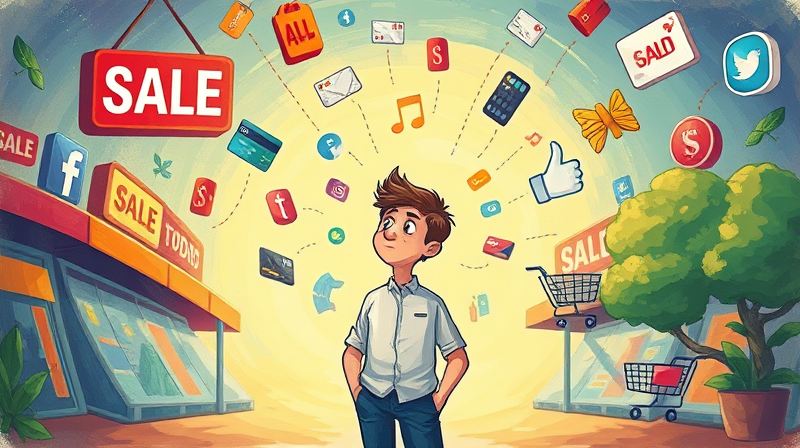
Inflation affects everyone—families, businesses, retirees, and governments. When prices rise, each dollar buys less, eroding our ability to plan, save, and invest with confidence. By learning how inflation works and adopting proactive strategies, we can safeguard our hard-earned resources and thrive even in uncertain times.
At its core, inflation is the general increase in prices for goods and services over time. This phenomenon leads to the steady loss of purchasing power of money, meaning that the same amount of cash buys fewer items year after year.
Economists rely on indicators like the Consumer Price Index (CPI) to track inflation. A moderate rate—often around 2% annually—is considered healthy for economic growth. However, when inflation accelerates unpredictably, it can disrupt budgets, investments, and long-term plans.
Multiple forces drive inflation, some temporary and others systemic. Understanding their roots helps individuals and policymakers respond effectively.
Inflation’s impact varies by income level, savings, and investment choices. For many households, the most immediate effect is a higher cost of living for essentials like housing, fuel, and groceries.
Retirees and fixed-income earners are especially vulnerable. When interest payments and pensions fail to keep pace with inflation, the real value of income and savings shrinks, undermining financial security. Businesses also struggle: unpredictable costs harm long-term planning and investment.
On a broader scale, moderate inflation around 2% can signal a growing economy. Yet spikes into the double digits—such as the U.S. peak of 13.5% in 1980—can destabilize markets, erode confidence, and even trigger social unrest if left unchecked.
The COVID-19 pandemic triggered unprecedented supply-chain disruptions, creating shortages from lumber to semiconductors. Between 2019 and 2021, nearly 40% of U.S. price increases were tied to supply-side issues.
More recently, the war in Ukraine drove oil prices from around $70 to over $120 per barrel in early 2022, sending ripple effects through global energy and food markets. These events highlight how geopolitical shocks and health crises can ignite inflation in unexpected ways.
Policymakers and analysts track several key indices to gauge price trends. Each offers a different perspective on the economy’s thermal reading:
While inflation cannot be eliminated, individuals can adopt strategies to mitigate its erosion of wealth. A thoughtful mix of assets and financial tactics forms the foundation of a resilient portfolio.
Beyond these asset-based defenses, broader portfolio management techniques can help you weather inflations waves without assuming excessive risk.
Expectations play a powerful role in fueling inflation. When consumers and businesses anticipate higher prices, they adjust wages, contracts, and spending habits, creating a self-reinforcing cycle. Central banks and governments strive to manage these expectations to prevent inflation from becoming entrenched.
No strategy guarantees complete protection. Real estate and equities can decline in value, commodities are cyclical, and even the best savings vehicles may lag behind rapid inflation spikes. Recognize that diversification does not eliminate risk—active management and periodic rebalancing remain essential.
Inflation may be an enduring feature of modern economies, but it need not undermine your financial goals. By building a balanced portfolio, staying informed about economic trends, and adjusting both spending and saving habits, you can preserve—and even enhance—your purchasing power.
Embrace these principles today and transform uncertainty into opportunity. With knowledge, planning, and discipline, your finances can remain as resilient as the values you hold dear.
References













